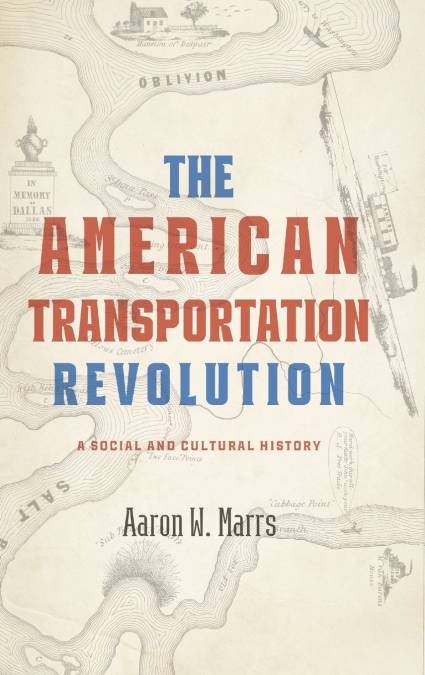
 Librería Desdémona
Librería Desdémona
 Librería Samer Atenea
Librería Samer Atenea
 Librería Aciertas (Toledo)
Librería Aciertas (Toledo)
 Kálamo Books
Kálamo Books
 Librería Perelló (Valencia)
Librería Perelló (Valencia)
 Librería Elías (Asturias)
Librería Elías (Asturias)
 Donde los libros
Donde los libros
 Librería Kolima (Madrid)
Librería Kolima (Madrid)
 Librería Proteo (Málaga)
Librería Proteo (Málaga)
A history of steamboats and railroads in the United States prior to the Civil War.In the first half of the nineteenth century, transportation in the United States underwent an extraordinary transformation. Steamboats and railroads turned long-distance travel from an arduous undertaking into a regularized commodity: travel became something that people could purchase. Historians have long understood the economic and political ramifications of improved travel, but the social and cultural dimensions of early steam transit are less studied. In The American Transportation Revolution, Aaron W. Marrs explores the cultural influence of steamboats and railroads, which fascinated Americans across the country.Demonstrating the wide cultural reach of steam transit, Marrs draws from an eclectic set of sources, including children’s books, comic almanacs, musical works, sermons, etiquette guides, cartoons, and employee rulebooks. This rich tapestry of cultural production helped 'naturalize' steam technology for Americans before they ever encountered steam transit in person. Before ever seeing a railroad, Americans could read a novel that took place on a railroad, see an image of a train on currency, or purchase piano music imitating a train. These cultural artifacts made these new forms of transport feel familiar and natural.Marrs examines how cultural norms about travel emerged through the prescriptions of etiquette authors and the actions of travelers themselves, how enslaved people made innovative use of transportation networks to escape from slavery, and much more. Marrs convincingly demonstrates steam transportation’s broad cultural impact on the United States, and how Americans, in turn, imprinted their own meaning on this new technology.